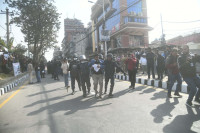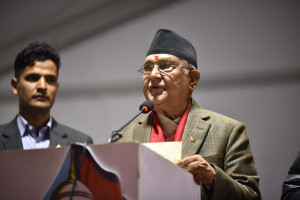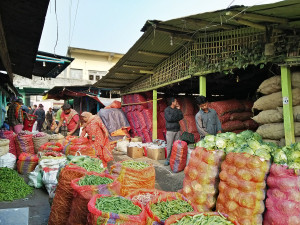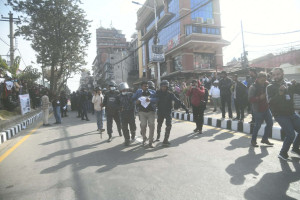Editorial
Not guilty as charged
Abortion is legal in Nepal but its lack of awareness incarcerates women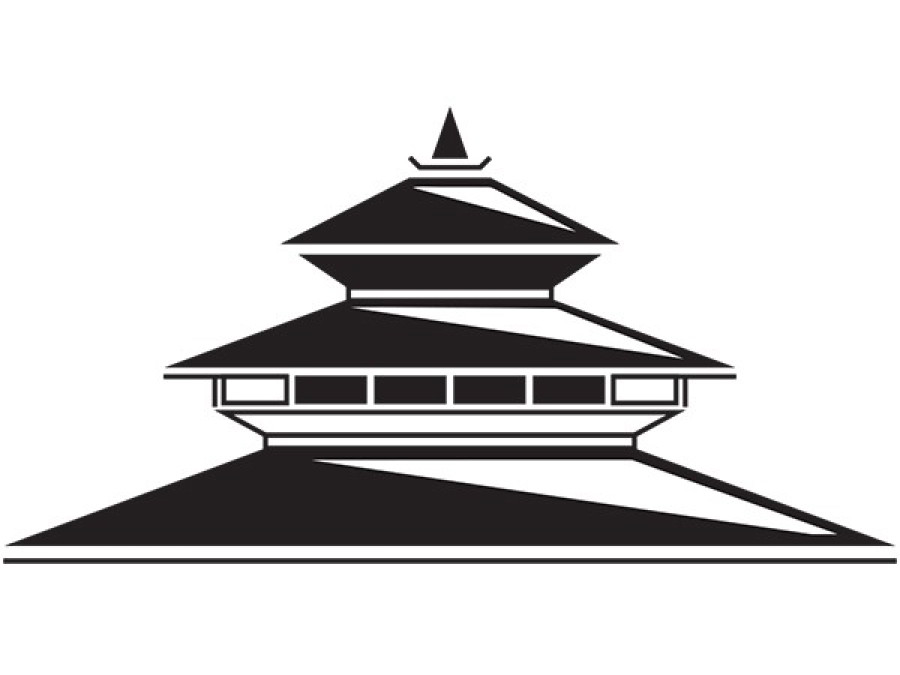
A pregnant woman in the outskirts of Kathmandu suffered a miscarriage while carrying a heavy sack of manure to a field. In another case, a 14-year old girl was raped that resulted in pregnancy. Her father then asked her to take a contraceptive pill to terminate the pregnancy. Both the women had crossed the first trimester of their pregnancies when the respective miscarriage and the termination happened, hence liable to criminal action for foeticide. The definition of ‘medical termination’ of pregnancy does not encompass the plight of these women. While the woman in the first case is out in bail, the other woman is facing imprisonment.
By legalising abortion in 2002, Nepal conveyed its strong commitment to safeguarding the welfare of pregnant women who wanted to safely terminate their pregnancies. Sixteen years later, a large section of Nepali women are still unaware that abortion is legal in the country. Many women continue to be incarcerated for different durations for undergoing abortion without medical assistance by experts.
According to statistics provided by the Supreme Court, 264 cases in the district courts, 155 cases in the High Court and 33 cases in the Supreme Court pertaining to abortion have been registered in the past 10 years. In 81 cases, the accused were found guilty of foeticide. In Nepal, abortion is legal for all cases up to 12 weeks of pregnancy on request; within the first 18 weeks of pregnancy in cases of rape and incest; and at any time if the pregnancy poses danger to the life or physical or mental health of the pregnant woman or in case of foetal abnormality.
As per the annual report published by the Nepal government’s Department of Health Services, the use of safe abortions services increased from 89,214 in 20715/16 to 96,417 women in 2016/17—an eight percent increase, of which 56 percent received medical abortions. The constitution also recognises reproductive health rights as fundamental rights. But barriers to safe abortion and other reproductive health services often threaten these rights.
Impediments include lack of awareness on the legal aspects of abortion, lack of certified abortion centres, lack of transport services in rural areas to access approved facilities, gender norms that impede women’s decision-making autonomy, the prohibitive costs at private centres as well as those not certified by the government, and lastly the fear of social stigma post abortion.
Sexual rights and reproductive rights—the ability to decide whether, and when, to have children—are the sole prerogative of women, and in some cases their husbands’ as well.
The onus is on the government to publicise legal abortion and procedures, especially at the grassroots level. Also, organisations that work to provide safe and legal abortion services should expand their facilities across the country so that more women and men are made aware of safe abortion practices. Further, there is also a need for the government to bring social programmes that would alleviate the stigma attached to abortion.




 11.12°C Kathmandu
11.12°C Kathmandu


